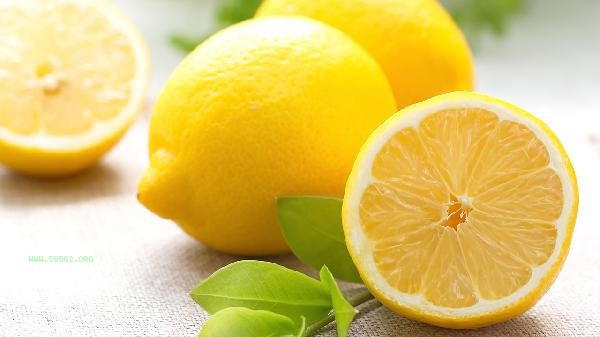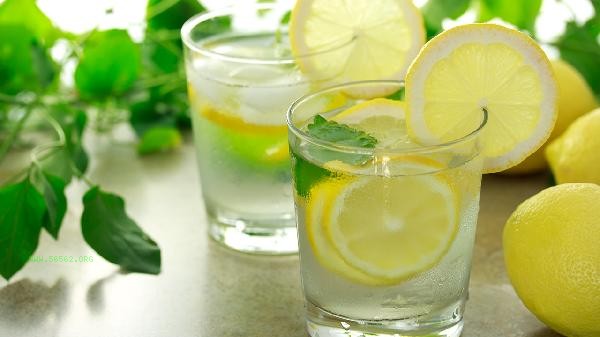Lemon is an oval or oval citrus fruit with a bright yellow skin and small textured bumps. The flesh is juicy and light yellow, and there are usually 8-10 distinct sacs inside.

Lemon has a thick skin texture and is rich in aromatic oils, with tiny oil gland dots scattered on the surface, which may appear blue-green when not fully ripe. After maturity, the diameter of the lemon is about 5-8 centimeters, with slightly pointed ends. Radial arrangement of sacs can be seen in the transverse section, and there is a white sponge like pulp core in the center. The flesh contains a large amount of juice and white seeds, and the white sponge layer near the skin has a slight bitter taste.

Fresh lemon has a strong and refreshing aroma, with a high gloss and elastic skin. When pressed, you can feel the tight flesh. Lemon skins that have been stored for a long time will gradually become hard, wrinkled, and turn dark yellow in color. Some special varieties, such as lime or perfume lemon, may differ from ordinary yellow lemon in shape, size and color.

When selecting lemons in daily life, you can observe whether the skin is full and free of dents, and avoid choosing fruits with mold spots or withered. When storing, it is recommended to wrap it in plastic wrap and refrigerate it. After cutting it open, it should be consumed as soon as possible or sealed for storage. Lemons are rich in vitamin C and citric acid, making them suitable for making drinks or seasoning. However, those with excessive stomach acid should control their intake and rinse their mouth after consumption to reduce potential effects on tooth enamel.








Comments (0)
Leave a Comment
No comments yet
Be the first to share your thoughts!